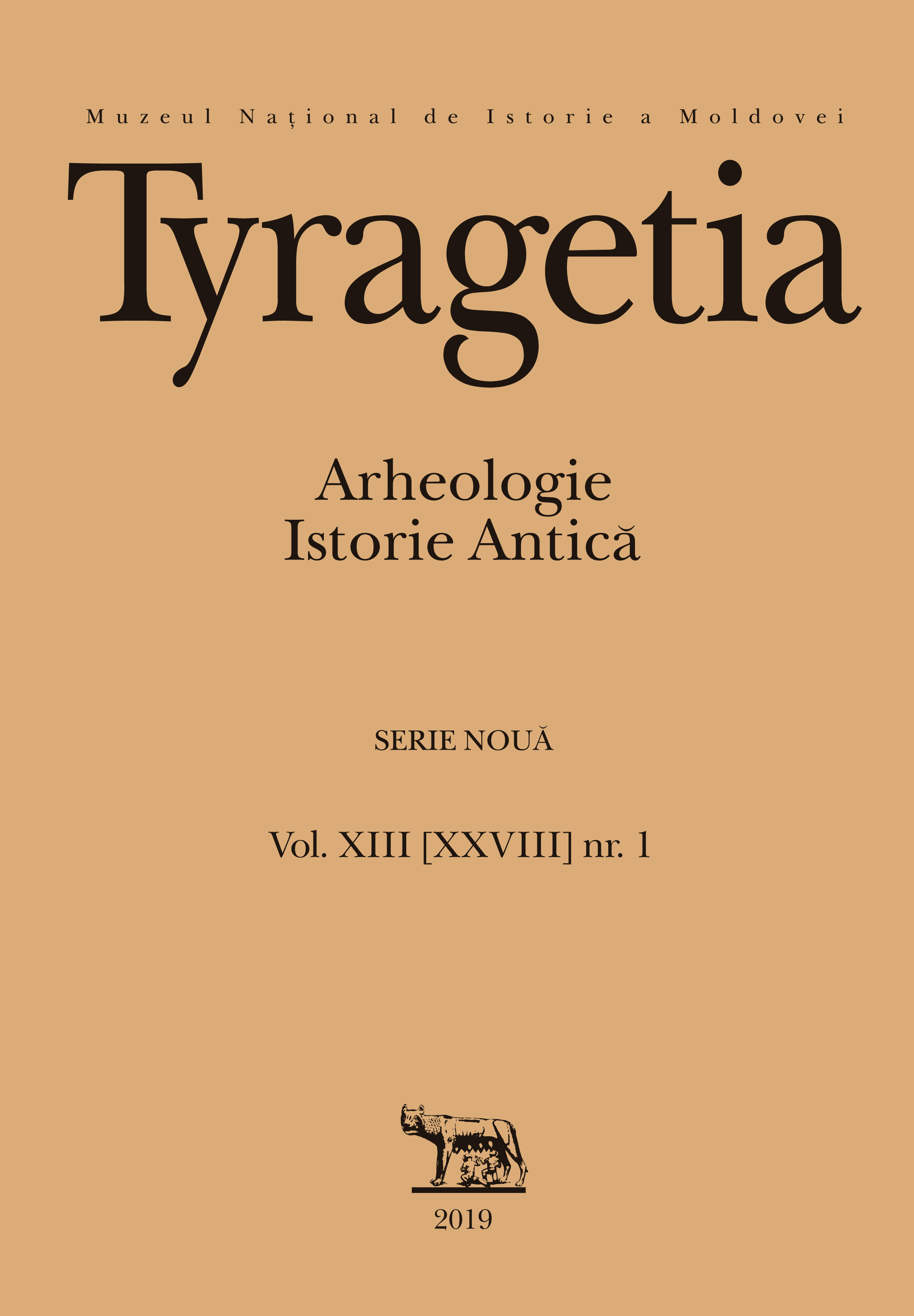Analiza resturilor faunistice provenite din aşezarea din prima epocă a fierului de la Enisala-Palanca (comuna Sarichioi, judeţul Tulcea, sud-estul României)
The analysis of faunal remains in Early Iron Age settlement at Enisala-Palanca (Sarichioi Commune, Tulcea County, South-Eastern Romania)
Author(s): Margareta Simina Stanc, Daniel Malaxa, Sorin Cristian AilincăiSubject(s): Archaeology
Published by: Muzeul Naţional de Istorie a Moldovei
Keywords: EEarly Iron Age; Babadag Culture; archaeozoology; animal husbandry; hunting;
Summary/Abstract: The site from Enisala-Palanca has been known in the specialized literature since the 1970s. Archaeological researches have revealed the existence of several living horizons dating from the Eneolithic (Gumelniţa Culture), the Early Iron Age (Babadag Culture) and the Medieval Period (14th-15th centuries), a period from which also dates an inhumation necropolis. This article is dedicated to the analysis of faunal remains coming from contexts attributed to the Babadag Culture (9th century BC). The collected faunal remains are numerous (3591) and coming from molluscs, fish, turtles, birds and mammals. There have been identified fragments coming from domestic mammals (1211 fragments attributed to seven species) and wild mammals (147 fragments attributed to seven species).
Journal: Tyragetia (Serie Nouă)
- Issue Year: XIII/2019
- Issue No: 1
- Page Range: 243-251
- Page Count: 9
- Language: Romanian

